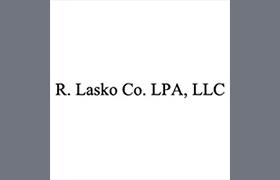Lodi Collection Lawyer, Ohio, page 2
Sponsored Law Firm
-
 x
x

Click For More Info:
-
R. Lasko Co. LPA, LLC
1406 W 6th St STE 200, Cleveland, OH 44113» view mapBusiness, Estate, Real Estate, Employment Competent Legal Representation
Let R. Lasko Co. LPA, LLC handle all your legal needs today!
216-574-2602
Kevin J. Shebesta
Estate Planning, Workers' Compensation, Contract, Collection
Status: In Good Standing
Chris Dana Carey
Estate, Corporate, Collection, Personal Injury
Status: In Good Standing Licensed: 30 Years
Kevin William Dunn
Family Law, Corporate, Collection, Personal Injury
Status: In Good Standing Licensed: 33 Years
Gregory Edwin Hoover
Real Estate, Litigation, Elder Law, Collection
Status: In Good Standing Licensed: 44 Years
Jared Christopher Roberts
Family Law, Juvenile Law, Criminal, Collection
Status: In Good Standing Licensed: 17 Years
James Ross Mcilvaine
Real Estate, Federal Appellate Practice, Corporate, Collection
Status: In Good Standing Licensed: 56 Years
Christopher Robert Morton
Construction, Workers' Compensation, Administrative Law, Collection
Status: In Good Standing Licensed: 20 Years
Edward Allen Dark
Dispute Resolution, Insurance, Collection, Personal Injury
Status: In Good Standing Licensed: 36 Years
Matthew Gregory Hiscock
Construction, Employee Rights, Corporate, Collection
Status: In Good Standing Licensed: 27 Years
 Ronald Lasko Cleveland, OH
Ronald Lasko Cleveland, OH AboutR. Lasko Co. LPA, LLC
AboutR. Lasko Co. LPA, LLC
